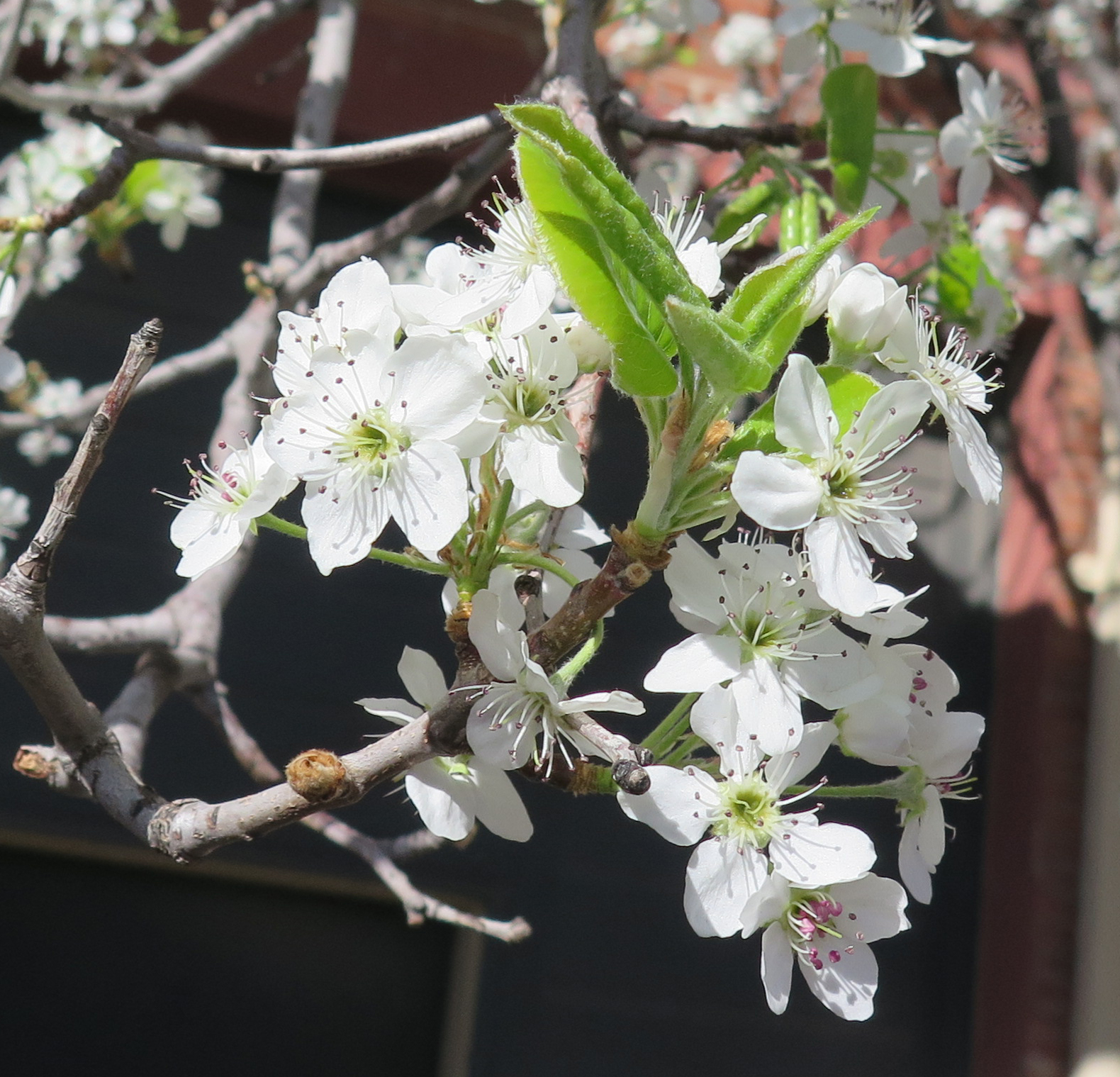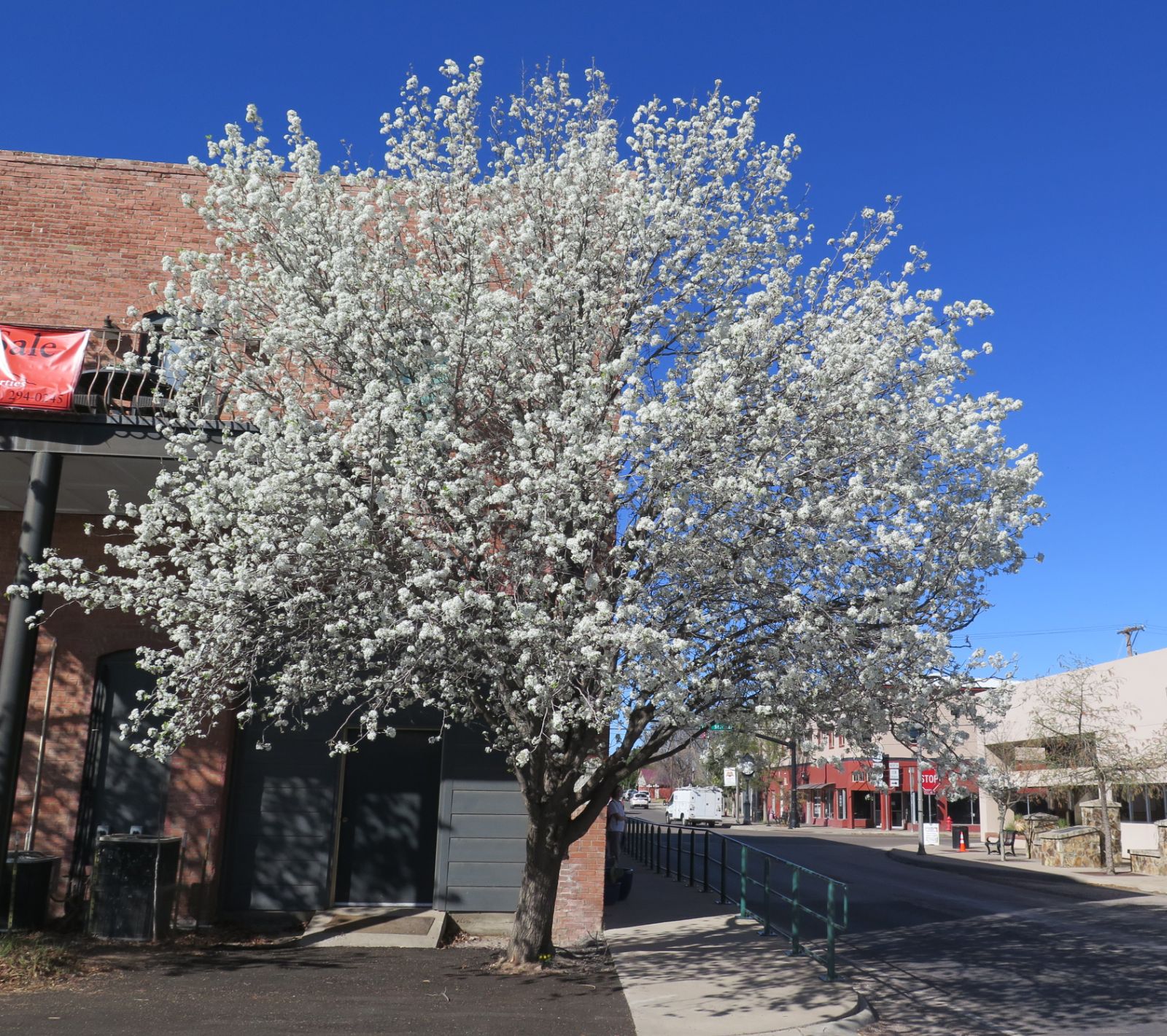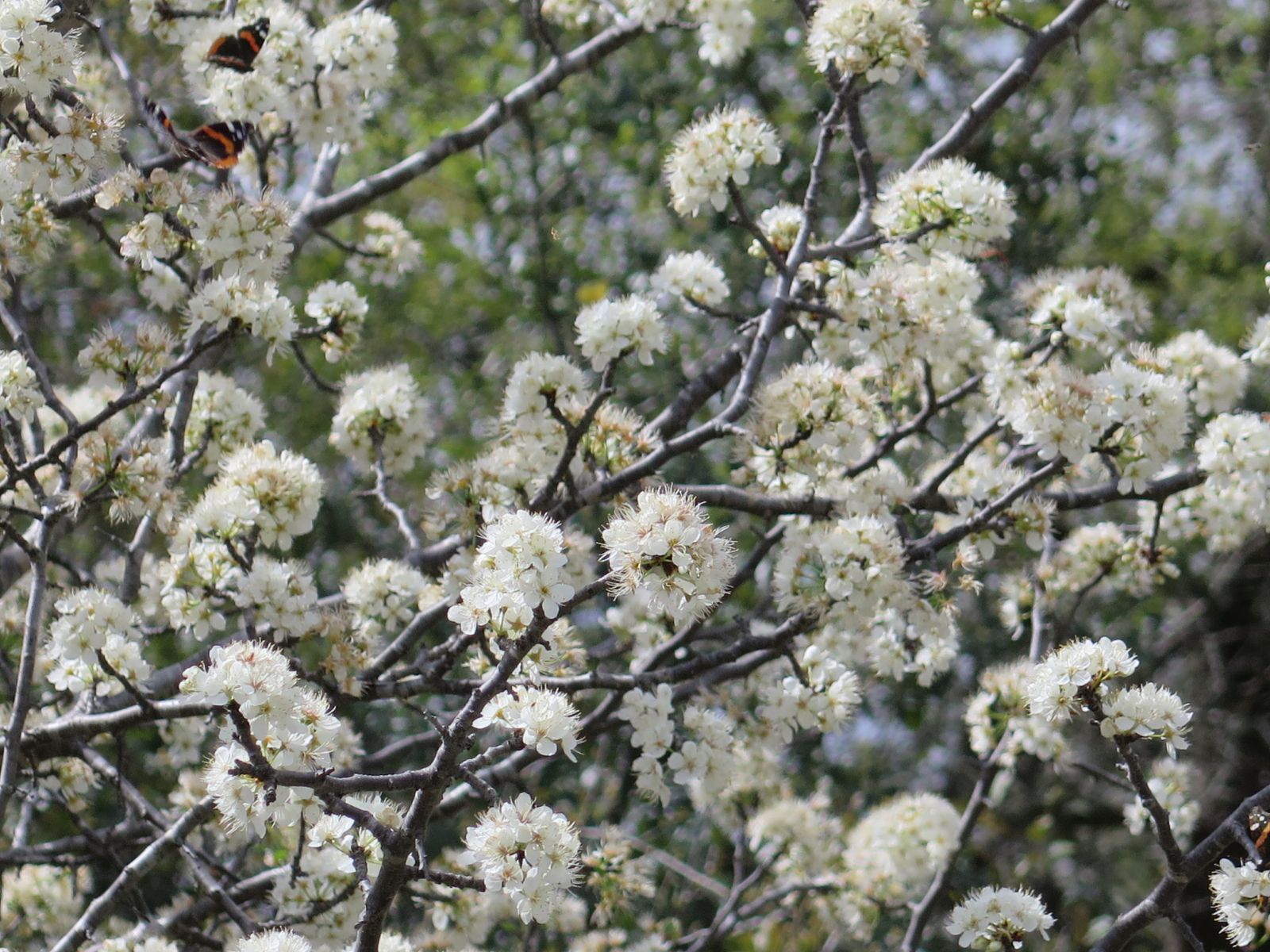Prunus americana
Credits
Article from Bean's Trees and Shrubs Hardy in the British Isles
Recommended citation
'Prunus americana' from the website Trees and Shrubs Online (treesandshrubsonline.
Genus
Common Names
- American Red Plum
Infraspecifics
Other taxa in genus
- Prunus alleghaniensis
- Prunus × amygdalo-persica
- Prunus amygdalus
- Prunus angustifolia
- Prunus apetala
- Prunus arabica
- Prunus argentea
- Prunus armeniaca
- Prunus avium
- Prunus besseyi
- Prunus brigantina
- Prunus campanulata
- Prunus canescens
- Prunus cantabrigiensis
- Prunus cerasifera
- Prunus cerasus
- Prunus cocomilia
- Prunus concinna
- Prunus conradinae
- Prunus consociiflora
- Prunus cornuta
- Prunus cuthbertii
- Prunus dasycarpa
- Prunus davidiana
- Prunus × dawyckensis
- Prunus dielsiana
- Prunus domestica
- Prunus dulcis
- Prunus emarginata
- Prunus × fontanesiana
- Prunus fruticosa
- Prunus glandulosa
- Prunus grayana
- Prunus himalaica
- Prunus hortulana
- Prunus humilis
- Prunus ilicifolia
- Prunus incana
- Prunus incisa
- Prunus jacquemontii
- Prunus kansuensis
- Prunus lannesiana
- Prunus laurocerasus
- Prunus litigiosa
- Prunus lusitanica
- Prunus maackii
- Prunus mahaleb
- Prunus maritima
- Prunus maximowiczii
- Prunus microcarpa
- Prunus mira
- Prunus mugus
- Prunus mume
- Prunus nigra
- Prunus nipponica
- Prunus orthosepala
- Prunus padus
- Prunus pensylvanica
- Prunus persica
- Prunus pilosiuscula
- Prunus prostrata
- Prunus pumila
- Prunus rufa
- Prunus salicina
- Prunus sargentii
- Prunus serotina
- Prunus serrula
- Prunus serrulata
- Prunus sibirica
- Prunus × sieboldii
- Prunus simonii
- Prunus sogdiana
- Prunus speciosa
- Prunus spinosa
- Prunus ssiori
- Prunus subcordata
- Prunus subhirtella
- Prunus takesimensis
- Prunus tangutica
- Prunus tenella
- Prunus tomentosa
- Prunus triloba
- Prunus virginiana
- Prunus × yedoensis
A deciduous tree up to 30 ft high, of graceful habit, with the trunk dividing low down, suckering freely and often forming thickets in the wild; bark dark brown, scaly; branches pendulous towards the ends; young shoots glabrous or slightly downy. Leaves oval or obovate, tapering abruptly to a drawn-out point and more gradually towards the base, 3 to 4 in. long, 11⁄4 to 13⁄4 in. wide, sharply and often doubly toothed, glabrous except for tufts of down along the midrib in the axils of the veins; stalk 1⁄3 to 3⁄4 in. long, downy and usually without glands. Flowers 1 in. across, pure white, produced two to five together in stalkless umbels, each flower on a slender glabrous stalk 2⁄3 to 1 in. long; calyx reddish, lobes entire, hairy within. Fruits round or nearly so, 1 in. or less in diameter, first yellow, finally bright red; flesh yellow.
Native of the United States, where it is widely spread, reaching as far west as the eastern slopes of the Rocky Mountains. It and varieties derived from it are now largely grown in the eastern United States for the fruits. It has not yet borne fruit freely in Britain, although it flowers very well. The flowers have a faint and rather unpleasant odour. It is said to be extremely handsome when loaded with its red and yellow fruits. It may be distinguished from P. hortulana and P. nigra by the non-glandular leaf-stalks, and from P. alleghaniensis by the colour of its fruits and more graceful habit.
P mexicana S. Wats
A tree up to 40 ft high closely allied to P. americana but forming a single trunk which becomes furrowed with age. Leaves more shortly acuminate and usually rounded at the base. Although described from N. Mexico, its main range is in the southern central USA.
var. lanata Sudw.
Synonyms
P. lanata (Sudw.) Mackenzie & Bush
P. palmeri Sarg



